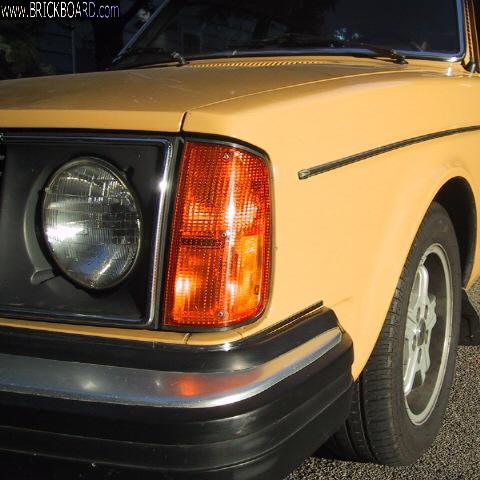|
Like Randy says, for the main pump a small pan underneath should suffice. Expect to lose a minimum of maybe a cup of fuel. After cracking the connections loose, be prepared to either keep working to do the install or else plug the lines. Best to release fuel system pressure first, either at the Schrader valve on the fuel rail into a small container or by pulling the two pump fuses and trying to start the engine. If you don't have flare wrenches then this an excellent excuse to buy them. I justify such purchases using the money saved on shop labor. A flare wrench on the fuel line fitting with a box wrench as a slightly offset counterhold squeezed together as hard as you can will do the job and minimize damage to the brass fittings. Maybe hit both sides of each fitting with a little PB Blaster and let it soak in a bit. As you start to turn a line fitting, make sure it's let go of the fuel line and not twisting it otherwise you'll be into a much bigger job. Best also to have a selection of narrow plugs and/or plastic caps handy to slow/halt the flow from at least the tank line to give you more time to work. Fine tapered rubber plugs are best, maybe a tightly twirled compressed foam ear plug held in place by something like a toothpaste tube cap or fat Marr electrical connector, even a square of duct tape in a pinch. When done, switch the ignition on a few times to run the pumps and check for leaks afterwards wrapping a paper towel or tissue around each joint. It's a pretty straightforward job as long as you're prepared with a pan, plastic cups and paper towels to catch a little gas.
--
Dave -still with 940's, prev 740/240/140/120 You'd think I'd have learned by now
|

